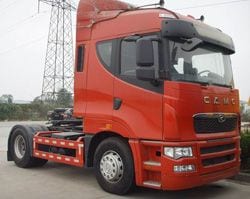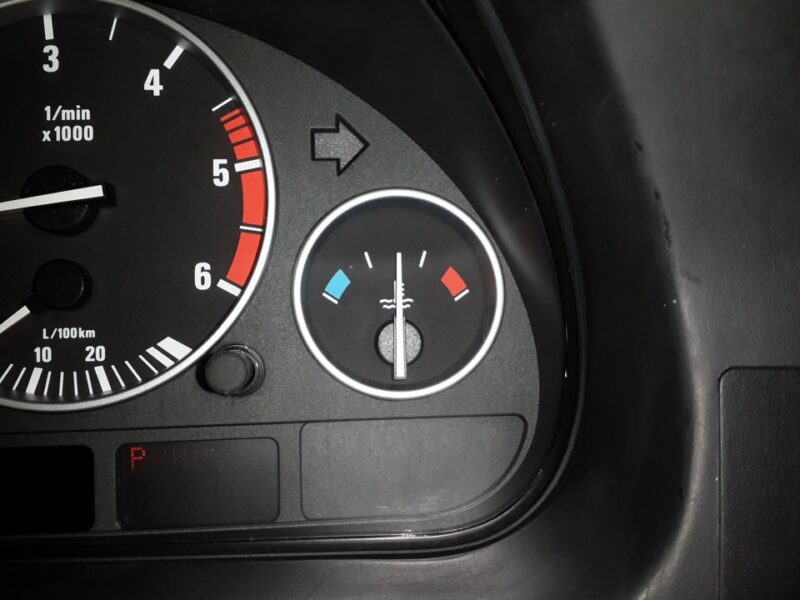
Diesel Engine Operating Temperature Standards
Content
Any internal combustion engine has maximum efficiency when it reaches a certain temperature. As for the gasoline unit, this parameter already exists separate review... Now let's talk about the features that a diesel engine has.
Its maximum output will already directly depend on whether the temperature regime is maintained in it or not. Let's consider why a certain temperature of the unit is an important condition for its smooth operation.
Compression ratio
The first condition that will determine whether the engine reaches the desired temperature is the compression ratio. This term is described in detail. here... In short, it depends on how strongly the air in the cylinder is compressed whether the diesel fuel in the chamber ignites or not. In a working unit, this parameter can reach 6-7 hundreds of degrees.
Unlike a gasoline unit, a diesel engine provides fuel combustion by injecting a portion into the hot air. The more the volume in the cylinder is compressed, the higher its temperature will be.
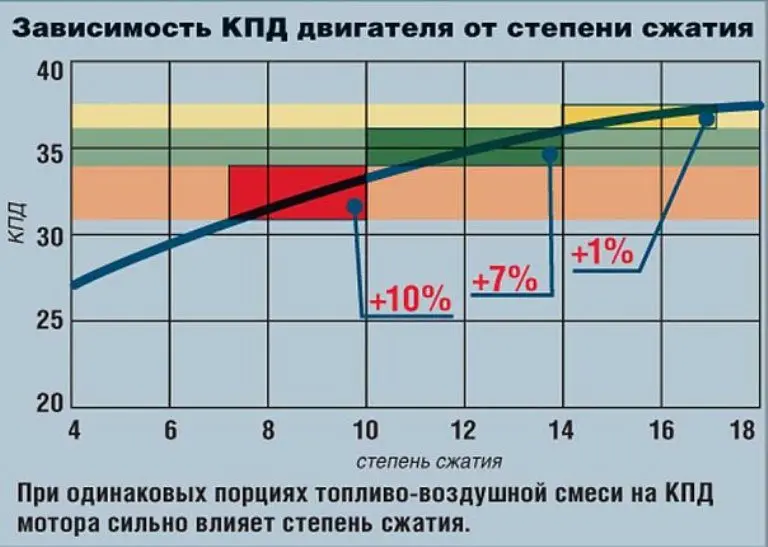
For this reason, the motor is tuned so that its compression ratio promotes uniform combustion of the fuel, rather than its sudden explosion, as soon as it starts to spray. If the permissible air compression is exceeded, then the fuel-air mixture will not have time to form. This will lead to uncontrolled ignition of diesel fuel, adversely affecting the dynamic characteristics of the internal combustion engine.
Engines in which the working process is associated with the formation of an increased compression ratio are called hot. If this indicator exceeds the permissible limits, then the unit will experience local thermal overloads. Plus, his work can be accompanied by detonation.
Increased thermal and mechanical stress leads to a reduction in the working life of the motor or some of its elements, for example, the crank mechanism. For the same reasons, the injector may fail.
Permissible operating temperatures of diesel internal combustion engines
Depending on the modification of the power unit, the operating temperature of one unit may differ from this parameter of another analogue. If the permissible heating parameters of the compressed air in the cylinder are maintained, the engine will work properly.
Some motorists try to increase the compression ratio to make it easier to start a cold engine in winter. In modern powertrains, the fuel system is equipped with glow plugs. When the ignition is activated, these elements heat up the first portion of air so that it can provide the combustion of cold diesel fuel sprayed during a cold start of the internal combustion engine.
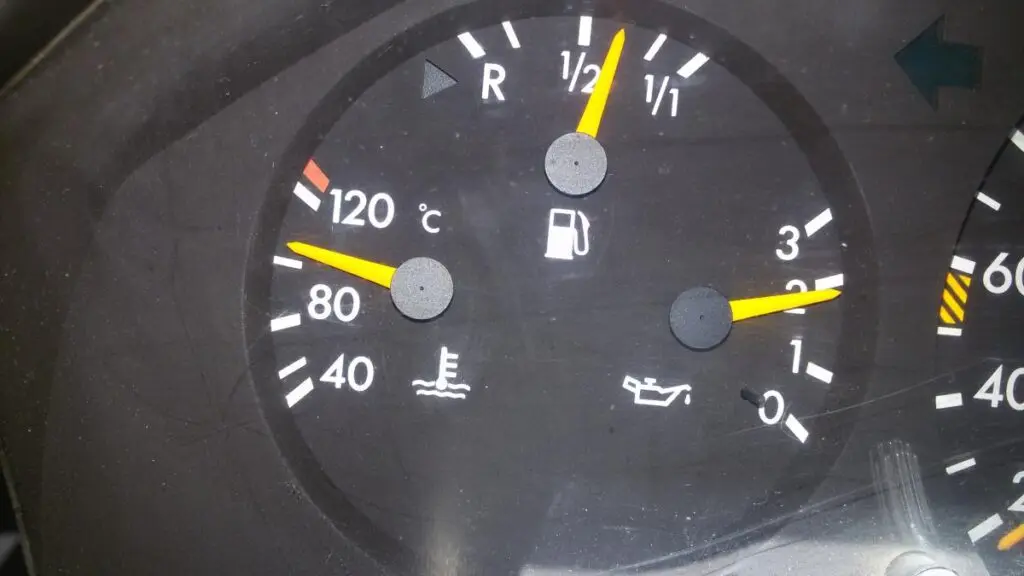
When the engine reaches operating temperature, the diesel fuel does not evaporate so much, and it lights up on time. Only at this stage does the engine's efficiency increase. Also, the operating temperature accelerates the ignition of the HTS, which requires less fuel. This increases the efficiency of the motor. The smaller the amount of fuel, the cleaner the exhaust will be, due to which the diesel particulate filter (and the catalyst, if present in the exhaust system) will work properly for an extended period.
The operating temperature of the power unit is considered to be in the range of 70-90оC. The same parameter is required for the gasoline analogue. In some cases, the temperature may not exceed 97оC. This can happen when the load on the motor increases.
Consequences of low engine temperature
In the event of frost, the diesel must be warmed up before driving. To do this, start the unit and let it run at idle for about 2-3 minutes (however, this interval depends on the strength of the frost - the lower the air temperature, the worse the engine warms up). You can start moving when the arrow shows 40-50 on the temperature scale of the cooling systemоC.
In severe frost, the car may not warm up higher, so this temperature is enough to give the engine a small load. Until it reaches operating temperature, its revolutions should not be increased by more than 2,5 thousand. You can switch to a more dynamic mode when the antifreeze warms up to 80 degrees.
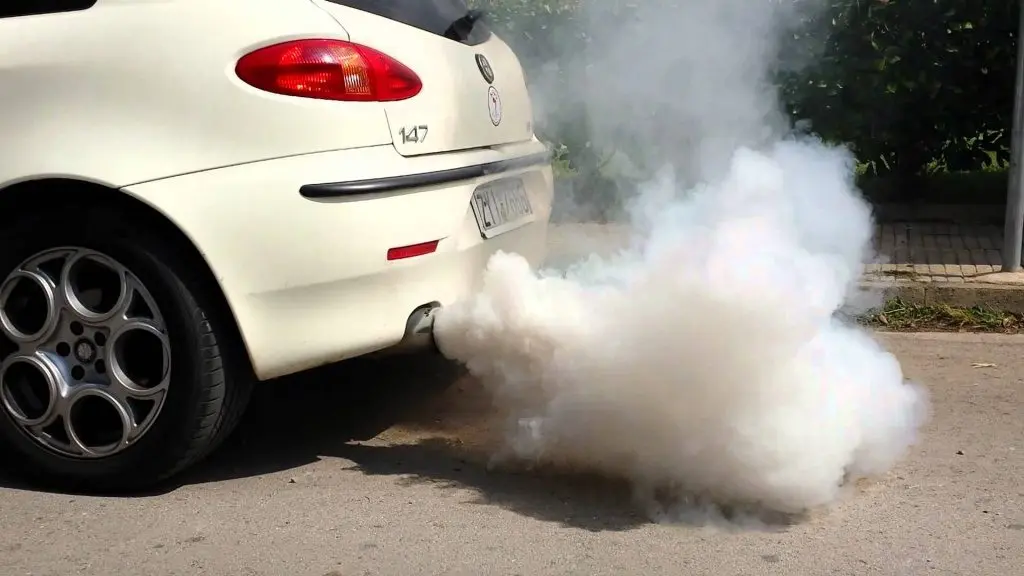
Here's what will happen if the diesel engine works in an enhanced mode, not warming up enough:
- To increase the speed, the driver will need to press the accelerator harder, which will lead to an increase in diesel fuel consumption;
- The more fuel in the chamber, the worse it will burn. This will cause more soot to enter the exhaust system, leading to thick deposits on the particulate filter cells. It will have to be changed soon, and in the case of some cars this is an expensive procedure;
- In addition to the formation of a deposit on the particulate filter, soot formation can be noted on the nozzle atomizer. This will affect the atomization quality of the fuel. In some cases, the diesel fuel begins to fill up, and not be distributed into small droplets. Because of this, the fuel mixes worse with air, and does not have time to burn before the end of the piston stroke. Until the exhaust valve opens, the diesel fuel will continue to burn out, which will lead to the local piston overheating excessively. Very soon, in this mode, a fistula forms in it, which will automatically lead to a major overhaul of the unit;
- A similar problem can occur with valves and O-rings;
- Failed piston rings will not provide sufficient compression, which is why the air will not warm up enough for active combustion of a mixture of air and diesel fuel.
One of the reasons a motor takes too long to reach operating temperature is insufficient compression. This may be due to burnout of the piston, wear of the O-rings, burnout of one or more valves. Such a motor does not start well when cold. If at least some of these signs appear, you should contact a minder for advice.
Pros and cons of diesel engines
The advantages of a diesel unit include the following factors:
- They are unpretentious in terms of fuel quality. The main thing is that the filter is good (if there is a choice, then it is worth stopping at the modification with drainage for condensate);
- The maximum efficiency of the unit is 40, and in some cases - 50% (the gasoline analogue is triggered by forced ignition, therefore its efficiency is maximum 30 percent);
- Due to the increased compression, the fuel burns more efficiently than that of the gasoline version, which provides it with better efficiency;
- The maximum torque in them is achieved at lower speeds;
- Despite a common misconception, diesel has a more environmentally friendly exhaust than a gasoline engine when car systems are in good working order.
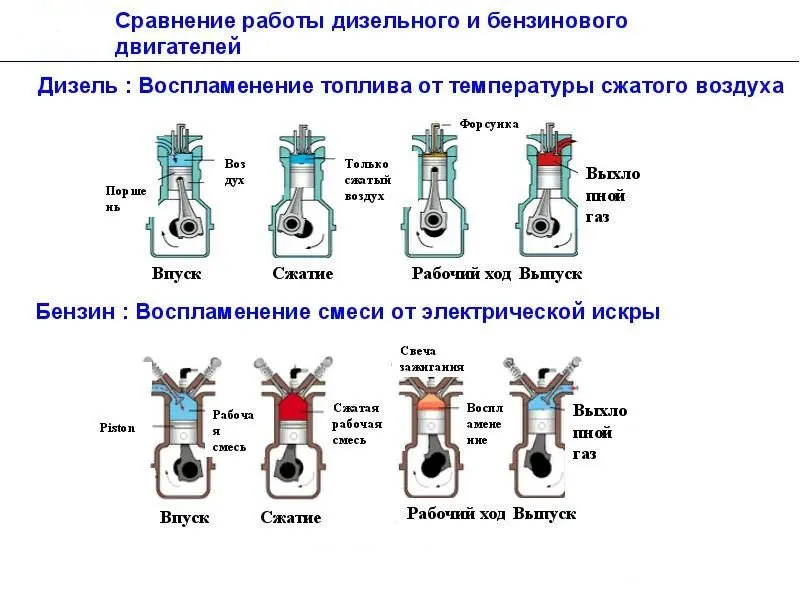
Despite many advantages over a gasoline engine, diesel has several significant disadvantages:
- Since mechanisms, due to increased compression and more powerful recoil at low speeds, experience increased loads, parts are made of durable materials, which makes repairing the unit more expensive compared to the capital of a gasoline engine;
- More material is used to make parts able to withstand higher loads, which leads to an increase in the mass of the mechanisms. Inertia in such units decreases, and this negatively affects the maximum power of the unit;
- The environmental friendliness of the diesel engine allows it to compete with the gasoline counterpart, but at the same time it is not competitive with respect to electric power plants, which have recently become increasingly popular;
- Diesel fuel is capable of freezing in the cold, and in some cases even turns into a gel, which is why the fuel system cannot supply the required portion to the rail. For this reason, in northern latitudes, diesels are less practical than their gasoline "brothers";
- Diesel internal combustion engines require a special engine oil.
In more detail about the basics of a diesel engine is described in this video:

